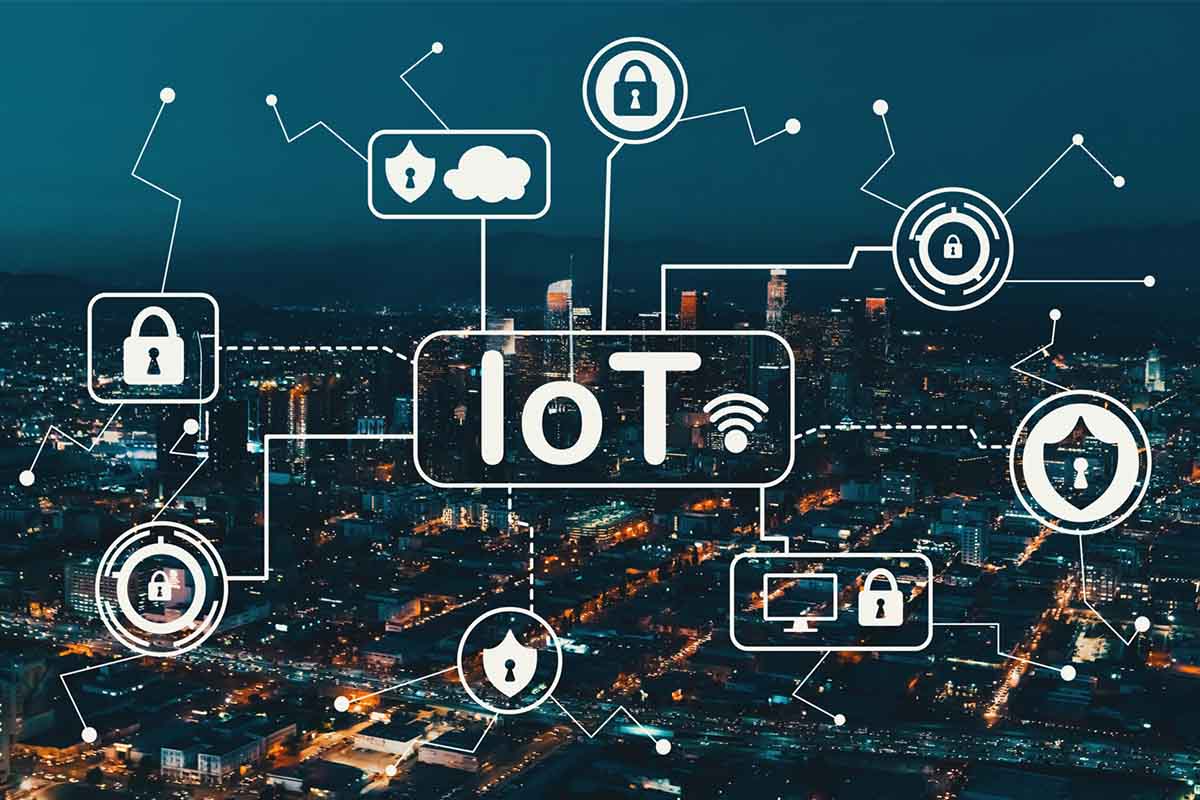Bitcoin mining, the process of verifying and adding transactions to the public ledger known as the blockchain, is both a computationally and thermally intensive process. The constant calculations generate a substantial amount of heat, which must be effectively managed. This is where the importance of cooling systems in Bitcoin mining comes into play. They protect the hardware, maintain efficiency, prevent downtime, reduce safety hazards, improve energy efficiency, and ensure regulatory compliance.
Why Cooling Systems Are Essential in Bitcoin Mining
Mining Bitcoin requires running specialized hardware at high capacities, which generates a significant amount of heat. If not properly managed, this heat can lead to several challenges:
Protecting Hardware: Excessive heat can damage the mining hardware, leading to component failure and a decreased lifespan. Cooling systems maintain an optimal operating temperature, ensuring the longevity and effectiveness of mining machines.
Maintaining Efficiency: High temperatures can degrade hardware performance, leading to frequent errors and slower hash rates. This results in fewer Bitcoins mined over time. Effective cooling maintains optimal performance and maximizes Bitcoin yield.
Preventing Downtime: Overheating can lead to system crashes or damages, resulting in operational downtime. During this period, the mining operation isn’t earning any Bitcoin. Effective cooling systems minimize these incidents.
Avoiding Potential Hazards: Without effective heat management, mining operations can pose fire hazards or other safety risks. Cooling systems create a safer working environment.
Improving Energy Efficiency: Cooling systems make a mining operation more energy-efficient. This reduction in environmental impact also decreases electricity costs, a significant expense for Bitcoin mining operations.
Regulatory Compliance: Certain jurisdictions have regulations regarding the temperature and safety conditions of data centers. An effective cooling system ensures compliance with these regulations.
Effective Cooling Methods for Bitcoin Mining Machines
There are various ways to cool Bitcoin mining machines, each with its own advantages and drawbacks.
Air Conditioning: Traditional air conditioning units can cool mining operations but often are not the most cost-effective solution. They can be expensive to run continuously and may not be sufficient to cool larger operations.
Air Cooling: A common method that employs strategically placed fans to move the hot air away from the mining hardware, drawing in cooler air. This technique is often combined with placing the mining operation in naturally cool air locations, like colder climates or underground. However, it may not be enough for larger operations and may still consume considerable energy.
Liquid Cooling: This method involves circulating a liquid, typically water or a specialized coolant, around the hardware to absorb the heat. More effective than air cooling and quieter, it’s more expensive to install and maintain.
Immersion Cooling: A more advanced form of liquid cooling where hardware is immersed in a non-conductive liquid that absorbs heat. Immersion cooling offers very high cooling efficiency and can prolong the lifespan of the mining equipment. It also can provide significant energy savings. However, it has high upfront costs and requires careful maintenance.
Heat Recovery Systems: Although not a cooling method per se, these systems use the excess heat generated by the mining hardware for other purposes like heating buildings. This manages the heat generated and makes the operation more energy-efficient.
Geothermal Cooling: For larger mining operations located near geothermal sources, they can tap into the cool underground temperatures. While very efficient, this method is limited to certain geographical locations.
SAI
SAI is a clean computing company that has always been committed to the realization of computing waste heat recycling to promote the sustainability of Bitcoin mining. With its cutting-edge cooling technologies, SAI creates computing infrastructure such as immersion cooling and rack-mounted water cooling systems. For example, TANKBOX has features of running on an immersion cooling bath that converts air-cooled servers to liquid-cooled mode, thus reducing issues such as fan failure, noise, dust, and corrosion. SAI achieves a 90% recovery rate with its SAIHEAT solution and directs heat to the right application.
For SAI, this will be a proprietary innovation of their devised state-of-the-art liquid cooling and waste heat recovery system. SAI will provide traditional mining chips with higher energy efficiency.
Be a part of the clean-tech future with SAI, with one of the many solutions available to produce Bitcoin mining that makes sense for our environment.
Conclusion
When selecting a cooling method, factors such as the size and layout of the mining farm, the ambient climate, energy costs, and types of hardware must be considered. More efficient mining machines generate less heat for the same amount of processing power, thus reducing the need for cooling.
In conclusion, managing the thermal output of Bitcoin mining operations is not just about protecting the equipment; it’s about ensuring the safety of personnel, maintaining efficiency, preventing downtime, and ultimately, protecting the bottom line. Investing in the right cooling system is an investment in the overall success and sustainability of the mining operation. Whether it’s through air conditioning, air cooling, liquid cooling, immersion cooling, heat recovery systems, or geothermal cooling, managing heat is a critical aspect of Bitcoin mining that can not be underestimated.




